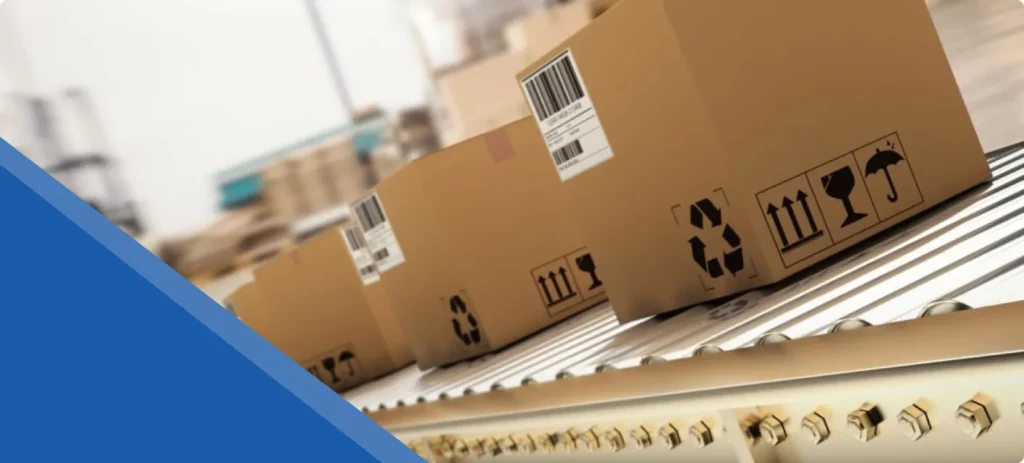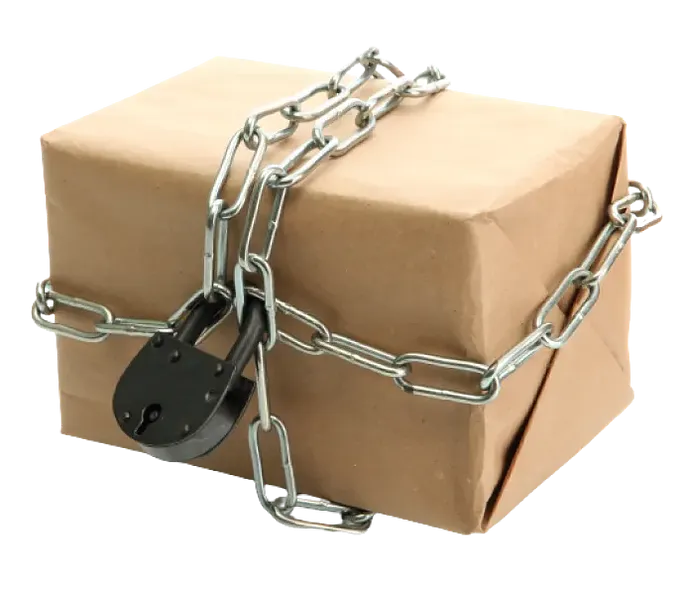Are you a business owner looking to streamline your warehouse operations and reduce fulfillment costs? If so, you’ve come to the right place!
In this blog, we’ll explore warehouse slotting, its purpose, and the major benefits. You’ll see how this practical service can be a game-changer for your business.
Understanding the Basics of Warehouse Slotting
Let’s begin with the most fundamental question: What does slotting mean in warehousing? At its core, slotting refers to inventory placement and access.
As a business owner, you know how important it is to find products in your warehouse quickly. Yet, many warehouses are disorganized, and retrieving products can feel overwhelming.
It might be helpful to envision warehouse slotting as a giant game of Tetris. Trained workers consider key factors and make sure that every box or oddly shaped item fits snugly to maximize space.
Here’s a breakdown of what warehouse slotting entails:
Sorting for Success
As we said, your warehouse or distribution center is, in many ways, a massive puzzle. As such, the first step in slotting is classifying your products based on their characteristics. You’ll want to consider factors like size, weight, demand, and expiration dates.
Classifying your inventory allows you to group similar items together. This process makes it easier to find and retrieve them when needed. This process allow you to save money and time, which are vital for business success.
Finding the Right Place
Now that you’ve sorted your products, it’s time to assign them a location within your warehouse. The goal here is to optimize space and minimize travel time. Place high-demand items in easily accessible areas to reduce picking and packing time. By contrast, tuck slower-moving products away in areas that are not so critical.
Constantly Evolving
Warehouse slotting requires ongoing updates; it isn’t a one-and-done task. As your business grows and customer preferences change, your inventory will, too. Evaluate your slotting strategy from time to time to ensure it remains effective.
The Benefits of Effective Warehouse Slotting

Now that you have a better understanding of warehouse slotting, let’s discuss the advantages it brings to your business:
Reduced Labor Costs
Efficient slotting means you spend less time searching for products in your warehouse. Streamlined order picking translates to lower labor costs, as your team can pick and pack orders more quickly and accurately.
Maximizing Warehouse Space
Proper slotting allows you to make the most of your warehouse’s layout and square footage. You should not have to waste valuable shelf space on items that you could easily store elsewhere.
Fulfill Orders Faster
When you organize your products logically, order fulfillment becomes a breeze. You can meet customer demands faster, improving overall satisfaction.
Fewer Error Rates
Misplaced items and picking errors can be costly. With warehouse slotting, you’ll significantly reduce the chances of shipping the wrong product to your customers. Accurate inventory management combined with an effective picking process can streamline packing and shipping.
Optimized Seasonal Inventory Handling
Effective slotting strategies help you adapt to seasonal demand fluctuations. Warehouses can allocate space for seasonal products that need ready access during peak periods. At the same time, you can minimize storage costs during off-seasons, thereby improving inventory turnover and boosting profits.
Enhanced Safety and Reduced Accidents
Efficient slotting can contribute to a safer working environment. By placing high-demand items in locations that are easy to reach, workers avoid excessive bending, reaching, or heavy lifting. As a result, there is a decreased risk of workplace accidents and injuries.
How to Implement Warehouse Slotting
Ready to implement warehouse slotting in your business? Here’s a step-by-step guide to get you started:
Analyze Your Inventory
Take a deep dive into your current inventory. Identify which items are your best-sellers and which ones move slowly. By analyzing the data, you can adjust and improve your slotting strategy.
Create Slotting Categories
Once you have analyzed your inventory, create categories for your products. These categories will help you decide where to place items in your warehouse. By creating a clear product line and pick path, you enhance your fulfillment operations overall.
Map Out Your Warehouse
Sketch a layout of your warehouse and designate specific areas for each category. High-demand items should be in easy-to-reach locations, while low-demand ones can be further away.
Implement and Monitor
Develop a slotting plan and put it into action. Keep a close eye on how your plan affects your operations. Are you seeing improvements in efficiency and cost savings? Adjust your strategy as needed.
FAQS
Here are five frequently asked questions (FAQs) about warehouse slotting for businesses:
What factors should I consider to determine the optimal slotting strategy for my inventory?
Several factors come into play. For instance, consider SKU velocity (how often you pick certain items), storage requirements, SKU dimensions, and order profiles.
How frequently should I review and adjust my slotting strategy?
The frequency depends on seasonal demands, product turnover, and business growth. In general, it’s a good practice to evaluate and adjust your slotting strategy at least quarterly. A regular review ensures that you have a fully optimized plan.
Can technology help with warehouse management, and if so, what solutions are available?
Yes, technology can greatly assist with warehouse slotting. Warehouse management systems (WMS) often have slotting modules that use algorithms for optimal product placements. Ask your warehouse manager about specialized slotting software solutions.
What role does automation play in the warehousing process?
Automation, including robotic systems and conveyors, can make slotting even more efficient. For instance, by organizing inventory based on real-time data, you reduce the time it takes to find and pick items.
Automation also allows you to make adjustments “on-the-fly.” When there is a change in demand, you can adapt — in an instant. This flexibility leads to seamless operations, reduced labor requirements, and improved order accuracy.
What are some common challenges for warehouse slotting? Are there any practices I should consider?
Common challenges include changes in demand, SKU additions, and labor constraints. Best practices involve regularly monitoring and adjusting slotting, utilizing data analytics, and involving warehouse staff in the process for valuable insights.
Are there any environmental benefits associated with warehouse slotting?
Yes, warehouse slotting can have environmental benefits as well. By optimizing product placement, you can reduce energy costs. For instance, you can reduce the need for excessive lighting, heating, and cooling in the warehouse. Additionally, efficient slotting can minimize product damage and spoilage, reducing the amount of waste generated by a warehouse operation, which is environmentally friendly.
Ready to Optimize Your Warehousing?
If you’re looking to reduce fulfillment costs and make your warehouse operations more efficient, consider warehouse slotting. In some ways, organizing a warehouse is not unlike organizing a closet. With adequate planning, you can find everything you need without rummaging through piles of items.
Want to take your warehousing process to the next level? Contact our friendly staff today. Learn how KR Transportation Solutions can help you find the perfect warehouse slotting strategy for your business.
Don’t miss out on the opportunity to save time, money, and resources. Let’s work together to make your warehouse a model of efficiency!



